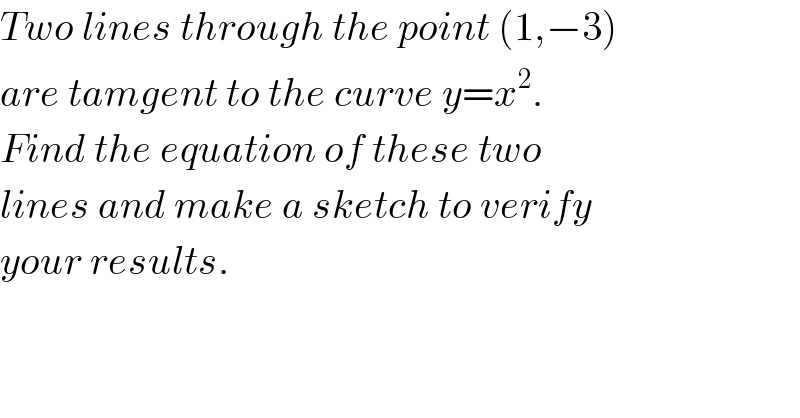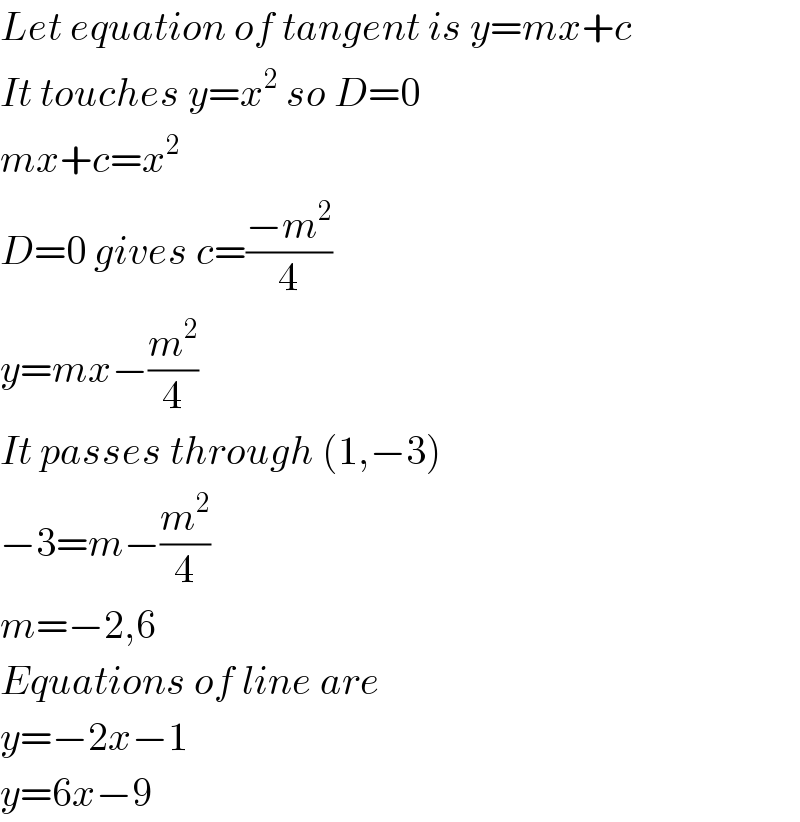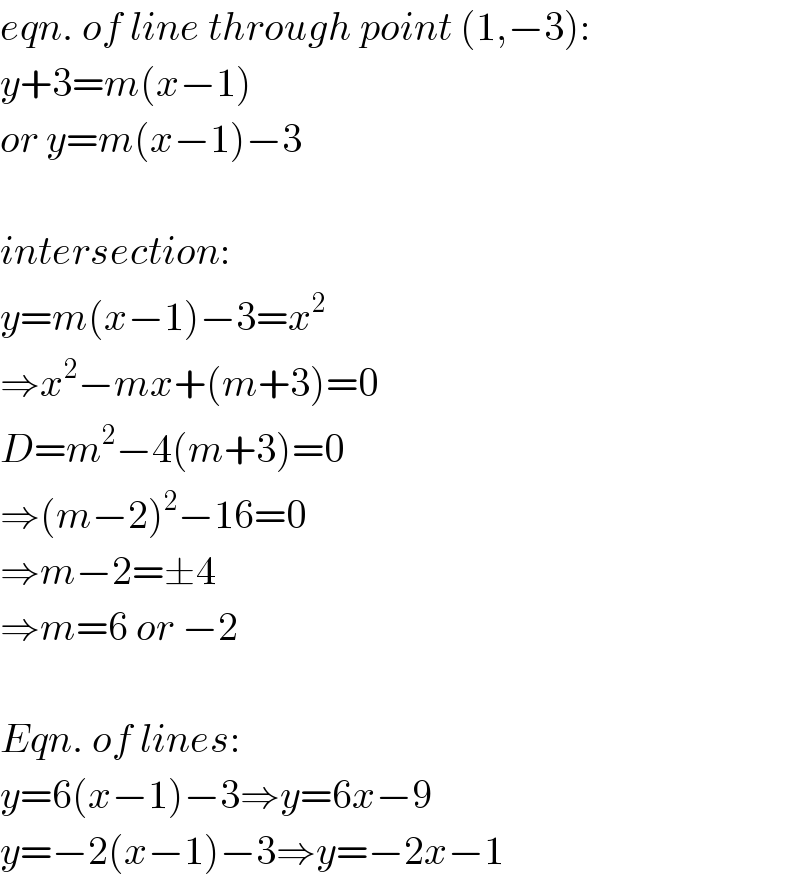
Question and Answers Forum
Question Number 31113 by NECx last updated on 02/Mar/18

Answered by Tinkutara last updated on 02/Mar/18

Commented by Tinkutara last updated on 02/Mar/18

Commented by NECx last updated on 03/Mar/18

Answered by mrW2 last updated on 02/Mar/18

Commented by NECx last updated on 03/Mar/18

Commented by NECx last updated on 02/Mar/18

Commented by mrW2 last updated on 02/Mar/18

Commented by NECx last updated on 02/Mar/18

Commented by mrW2 last updated on 02/Mar/18

